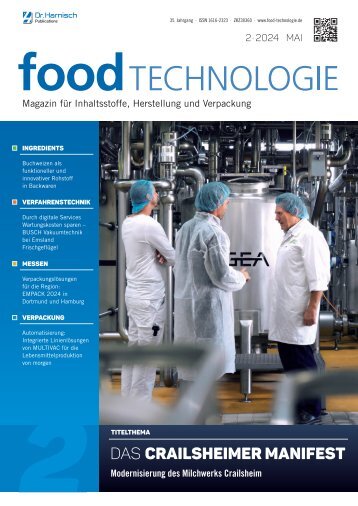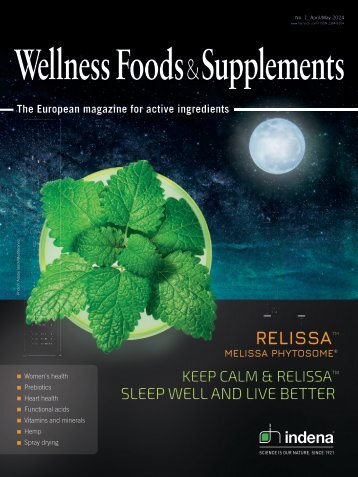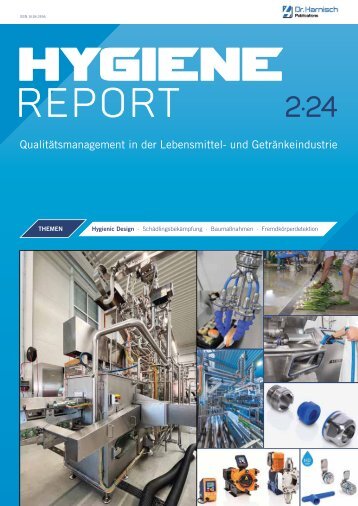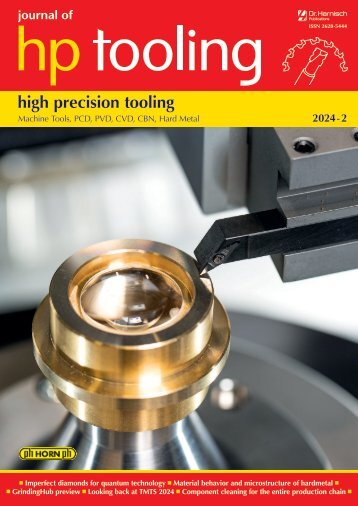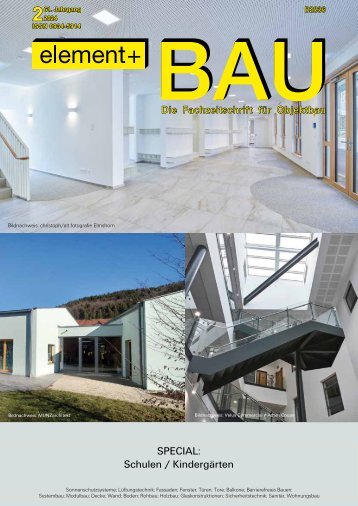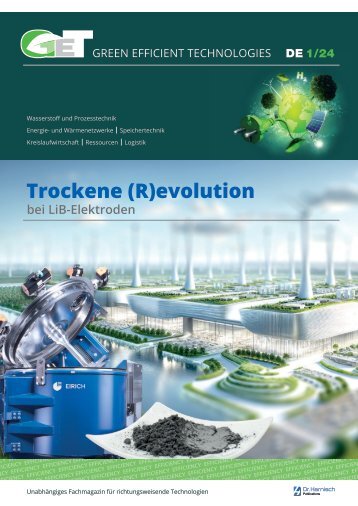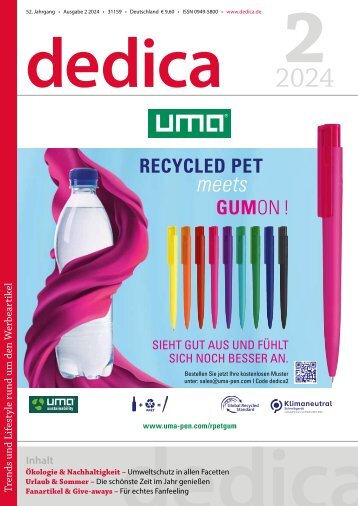GET – GREEN EFFICIENT TECHNOLOGIES EN 1/23
- Text
- Efficiency
- Hydrogen
- Pumps
- Technologies
- Efficient
- Solutions
- Materials
- Operating
- Sealing
- Applications
- Harnisch.com
Energy carrier hydrogen
Energy carrier hydrogen Transport The small dehydrogenation or release system (ReleaseBox 10) operating in the H2Sektor demonstration project at the Erlangen hydrogen filling station releases around one kilogram of hydrogen per hour from around 20 litres of LOHC material. Since 2022, Hydrogenious has been pursuing the development of significantly larger release systems with a capacity of at least 1.5 tonnes of hydrogen/day. © Hydrogenious LOHC Technologies Hydrogen fuelling stations supplied exclusively with compressed hydrogen, that have been predominant up to now, have limited storage capacities and a high space requirement. This is lower with liquid hydrogen filling stations, but hydrogen losses (boil-off) occur during longer storage periods. A future-proof solution on a small footprint and with particularly safe, simple handling of the hydrogen is demonstrated by the builder and operator H2 MOBILITY Germany with the world’s first hydrogen filling station, which also uses the LOHC technology from Hydrogenious LOHC Technologies for hydrogen storage and was inaugurated in Erlangen in July 2022. The pilot unit of the LOHC market leader installed there in an urban area ensures the release of the gas molecules chemically bound in the LOHC. One of the convincing advantages of the hydrogen carrier material benzyltoluene used in this process: Storage and stockpiling require only conventional underground tanks for liquid fuels, installed in a space-saving manner directly below the release system. However, this application is only the preliminary stage for the LOHC plants currently being built on an industrial scale, such as at Chempark Dormagen for a 1,800 tonne H 2 storage facility, the largest of its kind in the world (construction is scheduled to begin before the end of 2023). demand of many countries cannot be met by domestic production, imports from countries with large renewable energy capacities will become inevitable. Compressed hydrogen is a mature technology that can be used for short to medium distances. Liquefied hydrogen enables transport over longer distances, but requires a considerable amount of energy for the liquefaction process. The conversion of hydrogen into ammonia is a very mature process and the molecule is already an important feedstock, e. g. for the fertiliser industry. However, as a hydrogen transport medium, ammonia brings some challenges, such as the issue of safety and the complex cracking process for large amounts of hydrogen. LOHC technology is very promising, especially in terms of safety, cost and rapid feasibility, as it can use existing liquid fuel infrastructure, while pipeline transport is an attractive option for countries with existing infrastructure. Ultimately, the choice of hydrogen transport technology will depend on a variety of factors, including the distance to be covered, the available infrastructure and the specific needs of the end user. Conclusion Hydrogen is becoming an increasingly important medium for the storage, transport and trade of renewable energy. As the global energy transition and the decarbonisation of industry and mobility require the export and import of cheap, environmentally friendly hydrogen, a reliable and safe transport infrastructure for industrial hydrogen volumes is a key success factor. While there are several hydrogen transport technologies, each with their own advantages and disadvantages, none of them is a one-sizefits-all solution. Rather, a combination of technologies will be needed to meet the growing global demand for hydrogen as an energy source and as a feedstock for industry. Since the The Author: Birka Friedrich Head of Corporate Communications and Marketing Hydrogenious LOHC Technologies 16 GREEN EFFICIENT TECHNOLOGIES 2023
Energy carrier hydrogen Material selection Anything but standard: Elastomer seal challenges in hydrogen applications Dipl.-Ing (FH) Michael Krüger Fig. 1: COG H 2 Sealing hydrogen seal series (All photos © : COG) Mobility, the energy sector and industry – there is tremendous potential for modern hydrogen technologies in many areas. Hydrogen is of central importance as a versatile energy carrier and offers new possibilities for production processes as a chemical raw material. Therefore, science and industry experts are conducting intensive research in the vast field of hydrogen technologies and continuously develop their practical applications. The optimal coordination of components is among the most important success factors here. In particular, the seals being used are of the greatest importance in terms of functionality. Countless projects in the mechanical engineering segment are therefore dedicated to this topic. A central difficulty at this juncture for both users and seal manufacturers is that hydrogen projects and their applications are rarely comparable to each other. This difficulty begins with the umbrella term “hydrogen applications”. It describes an extensive domain starting with H 2 production and extending to transportation and distribution as well as the use and consumption of hydrogen. Many projects are still in the development phase, which means development teams are not making any project details public, protecting their development advantage for market strategy reasons. This in turn tends to produce individual solutions rather than standard applications. Choosing a suitable elastomer sealing material in the hydrogen environment is of vital importance. All operating parameters that occur in a real-world application must be taken into account. The following requirements for sealing materials (selection) have to be clarified: • Chemical resistance for all media that may come into contact with the seal (during operation, during assembly) • Temperature resistance (ambient temperature, operating temperature, also absolute short-term peak temperatures) • Pressure resistance, also in case of pronounced pressure fluctuations (resistance to explosive decompression where applicable) • Good physical properties (compressive deformation test, stress relaxation) • Low permeation (gas permeability) Hydrogen permeation Hydrogen permeation is an important selection criterion. Since the colourless and odourless H 2 gas is highly inflammable and the production of molecular hydrogen is complicated and expensive, preventing volatilisation is essential for both safety GREEN EFFICIENT TECHNOLOGIES 2023 17
- Seite 1 und 2: GREEN EFFICIENT TECHNOLOGIES EN 1/2
- Seite 3 und 4: Editorial Harvest the sun Humanity
- Seite 5 und 6: HAMPRO® HIGH-PRESSURE PROCESS TECH
- Seite 7 und 8: Leading article sion. In fact, it i
- Seite 9 und 10: Cover story Efficiency Class IE2 IE
- Seite 11 und 12: Cover story Myth 3: Journal bearing
- Seite 13 und 14: Cover story Sealless pumps, both ce
- Seite 15: Energy carrier hydrogen Transport L
- Seite 19 und 20: Energy carrier hydrogen Material se
- Seite 21 und 22: Energy efficiency Heat recovery Fig
- Seite 23 und 24: Energy efficiency Heat recovery Fig
- Seite 25 und 26: From the research Heat pumps Fig. 2
- Seite 27 und 28: From the research Heat pumps Fig. 6
- Seite 29 und 30: Efficient manufacturing Special mec
- Seite 31 und 32: Decarbonisation Supply traffic Fig.
- Seite 33 und 34: Decarbonisation Supply traffic shou
- Seite 35 und 36: Decarbonisation Operating power max
- Seite 37 und 38: Decarbonisation Operating power pro
- Seite 39 und 40: Decarbonisation Production local su
- Seite 41 und 42: Decarbonisation Production fast swi
- Seite 43 und 44: Circular economy Production deep) o
- Seite 45 und 46: PROCESS TECHNOLOGY&COMPONENTS © Ae
- Seite 47 und 48: Companies - Innovations - Products
- Seite 49 und 50: Companies - Innovations - Products
- Seite 51 und 52: Brand name register Lutz Pumpen Gmb
- Seite 54: Dr. Harnisch Verlags GmbH Eschenstr
Unangemessen
Laden...
Magazin per E-Mail verschicken
Laden...
Einbetten
Laden...








































